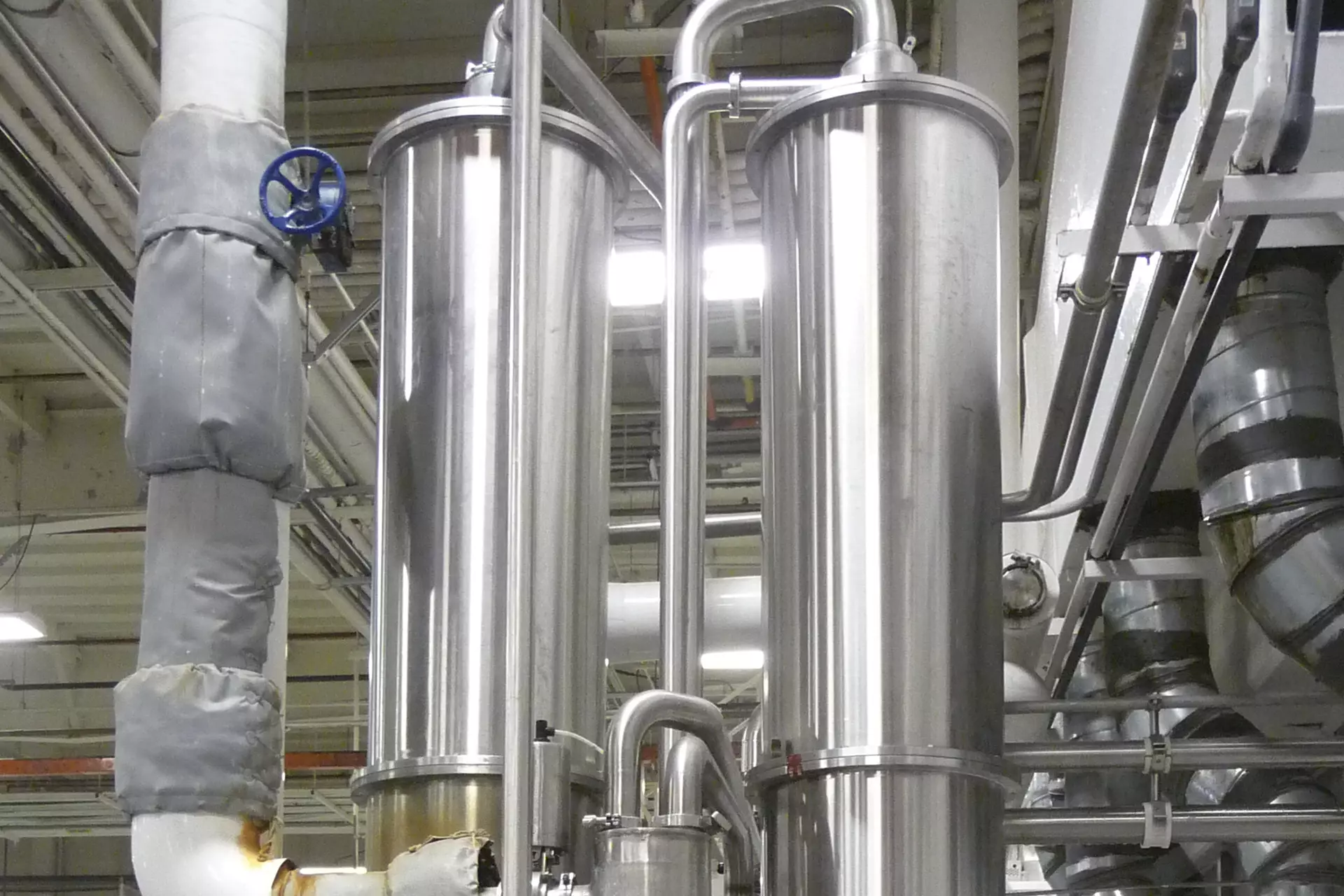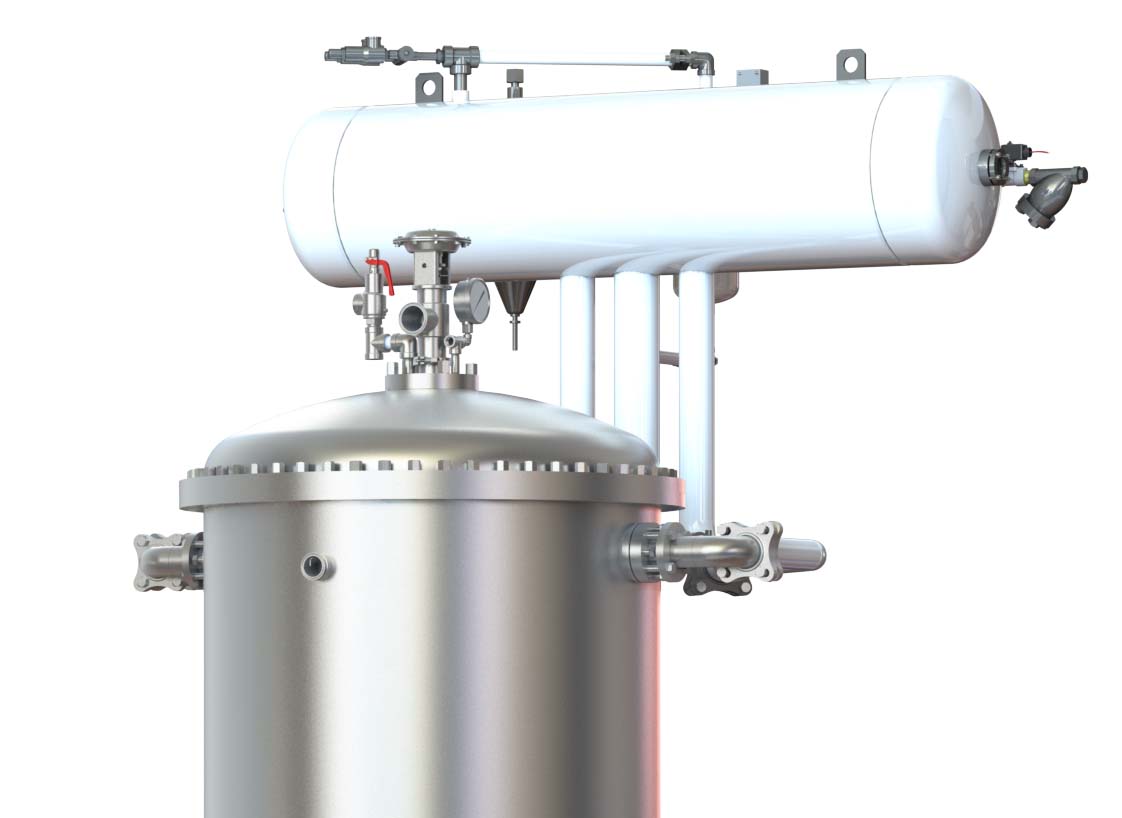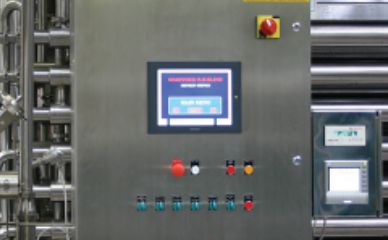Ultrapure Water Applications
The need for high purity water (often referred to as “ultrapure water” or UPW) continues to increase to keep pace with more advanced and efficient manufacturing methods. Industries that typically require high purity water include the microelectronics, pharmaceutical, and power generation industries. The cornerstone of any ultrapure water process is the need to remove dissolved solids via deionization (sometimes referred to as a demineralizer). If not kept in check, dissolved ions can cause scaling, corrosion, and interference with product quality and process control.
The Problem with Carbon Dioxide
Dissolved carbon dioxide (or “free CO2”) exists naturally in many water sources, particularly in surface water. Free carbon dioxide, however, puts an ionic load stress on ion removal methods such as anion resin beds and continuous deionization (CDI) systems. The additional ionic load can result in several problems for deionized water systems:
1) More frequent regeneration of the anion resin
- Increased cost of regeneration
- Increased downtime of the resin beds
- Shortened resin life
2) Overload of electrodeionization (EDI) systems
- High conductivity levels and poor performance of the EDI
- High levels of weakly charged anions such as boron and silica
A New Solution to CO2 Removal
GasTran Systems’ Vacuum Decarbonation System offers a proven and economical solution to water sources containing carbon dioxide. By removing the free CO2 before the anion resin bed or prior to the CDI, our decarbonation system can instantly save money, increase system uptime, and improve water quality.
Each system can be configured to work under a combination of vacuum and air drawn into the rotor chamber by the vacuum pump, or under vacuum alone. The ability to work entirely under vacuum alone means you never risk contamination of your water.
Best of all, this system will not foul and requires absolutely no chemicals or membranes to replace. Unlike other alternatives for carbon dioxide degassing, the GasTran Vacuum Decarbonation System will operate with the same removal efficiency in ten years as the day you start it up.
The Non-Chemical Approach
Many deionized water systems traditionally attempt to remove free CO2 by adding caustic to adjust pH. This converts the CO2 into carbonates and bicarbonates for filtration using an RO membrane. A side effect of raising the pH is scaling of the RO membranes, which in many cases necessitates the use of anti-scalant chemicals. Furthermore, caustic addition commonly requires a readjustment of the pH by adding an acid. All of this adds up to the need for three or more chemical adjustments.
With the increasing cost of caustics and the hazards of handling chemicals, vacuum degasifiers offer customers and OEMs alike an attractive financial and operational alternative.
GasTran Decarbonation System Features
- Reduces CO2 by over 90% in a single pass using vacuum alone
- Reduces dissolved oxygen by over 95% in a single pass
- Optional air assist to improve performance even further
- Highly scalable operation with turn-down ratio of 95%
- Reaches steady state performance in seconds
- Significantly smaller footprint and height requirements vs. towers
- Non-fouling, low maintenance design
- No replacement parts or chemicals
 Deaeration Systems
Deaeration Systems
 Carbo Coolers
Carbo Coolers
 Carbo Mix
Carbo Mix